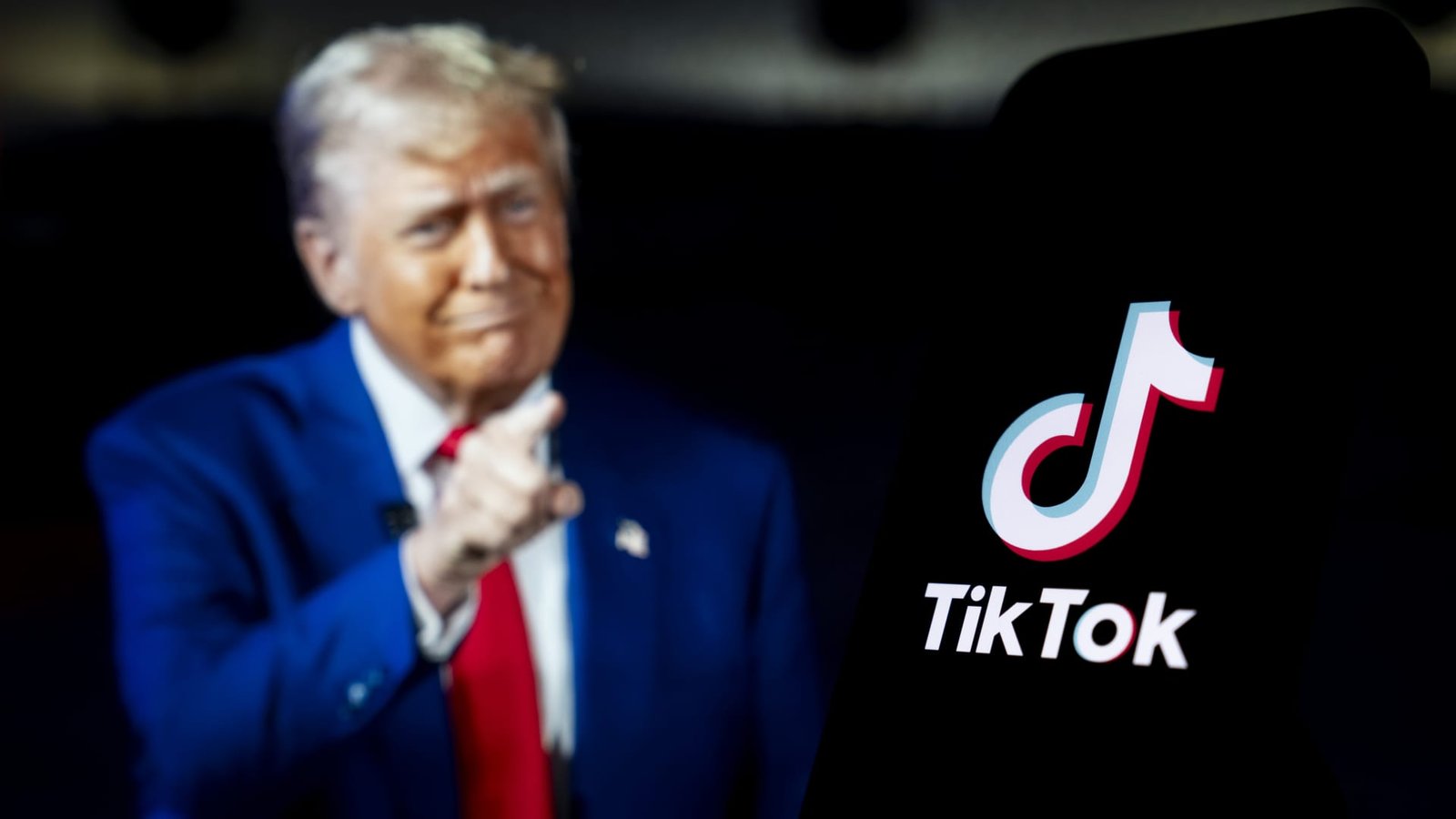TikTok has nearly recovered to its original traffic levels after experiencing an 85% drop in usage when the app was temporarily shut down earlier this month, as reported by Cloudflare Radar. David Belson, head of data insight at Cloudflare, mentioned that DNS traffic for TikTok-related domains has been gradually recovering and is currently around 10% lower than before the shutdown.
DNS, which stands for Domain Name System, is responsible for converting website names into IP addresses that browsers use to access internet resources. Cloudflare Radar, the connectivity cloud company’s platform, provides insights and trends on internet activities using DNS to monitor global internet traffic.
Following a Supreme Court decision upholding a law signed by former President Joe Biden in April, TikTok briefly shut down in the U.S. The law required China-based ByteDance to divest its ownership of TikTok or face a potential ban in the U.S. on Jan. 19. Consequently, Apple and Google removed TikTok from their U.S. app stores to comply with the law.
The app resumed operations after President Donald Trump postponed the ban’s enforcement, signing an executive order on his first day in office to extend the deadline by 75 days to April 5. Various U.S. investors, including Frank McCourt and Jimmy Donaldson (Mr. Beast), have expressed interest in acquiring ownership of TikTok. Trump has also mentioned the possibility of Elon Musk or Larry Ellison obtaining partial ownership of the app.
Cloudflare’s data indicates that TikTok has largely retained its user base and creators in the U.S. despite being offline for approximately 14 hours and being unavailable on Apple or Google app stores. Alternative platforms experienced increased traffic during the temporary ban, with levels remaining elevated in the following week. The popularity of RedNote (Xiaohongshu in China) contributed to the growth of these alternatives.
However, traffic to TikTok alternatives peaked on Jan. 19, the day TikTok returned online. Belson noted that DNS traffic decreased rapidly after the shutdown ended and has been gradually declining over the past week and a half.
With uncertainty surrounding TikTok’s future in the U.S., many creators are diversifying their online presence to other platforms. Creators like Dylan Lemay, with over 10 million TikTok followers, have expanded to platforms like YouTube to safeguard their careers in case TikTok is banned. Lemay has found success on YouTube, where he has over 5.6 million subscribers and generates consistent earnings.
While some TikTok creators have transitioned to platforms like YouTube Shorts and Instagram Reels, others have struggled to replicate their TikTok success. Creators like Noah Glenn Carter, with nearly 10 million TikTok followers, have faced challenges in building a similar audience on Instagram and YouTube.
As TikTok’s future remains uncertain, creators are adapting to potential changes in brand deals and exploring opportunities on competing platforms. Meta has started offering deals to creators to promote Instagram on various platforms, reflecting the evolving landscape of social media.
Despite the uncertainties, some creators remain optimistic about TikTok’s future, while others are preparing for potential shifts in the social media landscape.




